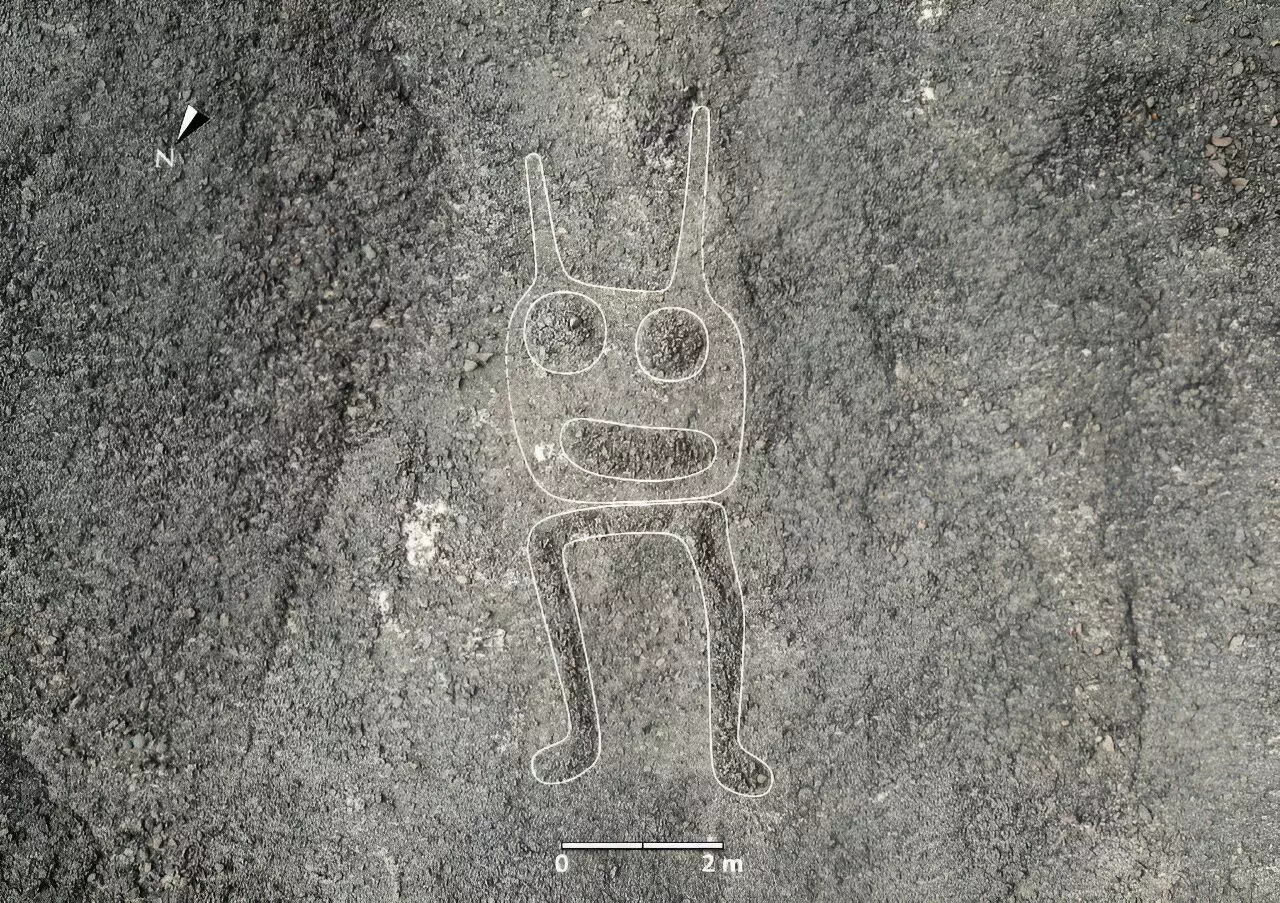The Nazca desert in Peru holds an enduring enigma, attracting scholars and tourists alike with its vast array of geoglyphs etched into the arid landscape. These monumental formations, crafted by the ancient Nazca civilization between 200 BC and 700 AD, depict a variety of motifs including animals, flora, and fantastical beings. With the recent unveiling of 303 new geoglyphs through cutting-edge artificial intelligence technology, researchers have not just doubled the number of known designs but have also redefined methods of archaeological inquiry.
At the heart of this groundbreaking discovery is the collaboration between Yamagata University’s Nazca Institute and IBM’s research division. Masato Sakai, an archaeologist at Yamagata University, emphasized that traditional methodologies, which primarily relied on meticulous visual inspections of high-resolution images, were time-consuming and fraught with the risk of oversight. The application of AI not only accelerates the identification process but also enhances accuracy. Over a mere six-month period, this sophisticated technology has demonstrated its prowess by pinpointing not just larger figures but also the more elusive, smaller geoglyphs that might escape human detection.
Insights from Technological Advances
The mixed-methodology approach, blending historical data with real-time satellite imagery and geospatial analysis, reveals the potential for AI to revolutionize archaeological practices. Unlike the century it took to identify the first 430 anthropomorphic shapes, AI’s implementation has proven that extensive data analysis can yield significant insights in short timeframes. Researchers have uncovered new linear motifs that speak to the biodiversity of the region, featuring both wild animals and abstract representations of human forms, as well as domesticated camelids.
What compels a civilization to carve such intricate designs into the earth? While the function of the Nazca Lines remains elusive, some theories propose a connection to celestial events or religious ceremonies. The UNESCO World Heritage designation highlights their cultural significance, ensuring that these treasures of human expression gain the recognition they deserve. As new discoveries emerge, the possibility of deeper understanding looms—prompting enticing questions about the intentions behind these magnificent shapes.
The implications of this research extend beyond the borders of Peru. The methodologies adopted in this study pave the way for similar applications across various archaeological sites worldwide. By leveraging AI’s capabilities to manage vast amounts of information, scholars can uncover forgotten histories and previously undetected sites, challenging conventional methods of study. This collaboration between technology and archaeology signifies a new era of exploration—one that promises to unveil the hidden narratives of ancient civilizations.
The recent application of artificial intelligence to unearth new geoglyphs in the Nazca desert not only enhances our understanding of this enigmatic civilization but also sets a precedent for future archaeological explorations, marrying tradition with innovation.


Leave a Reply